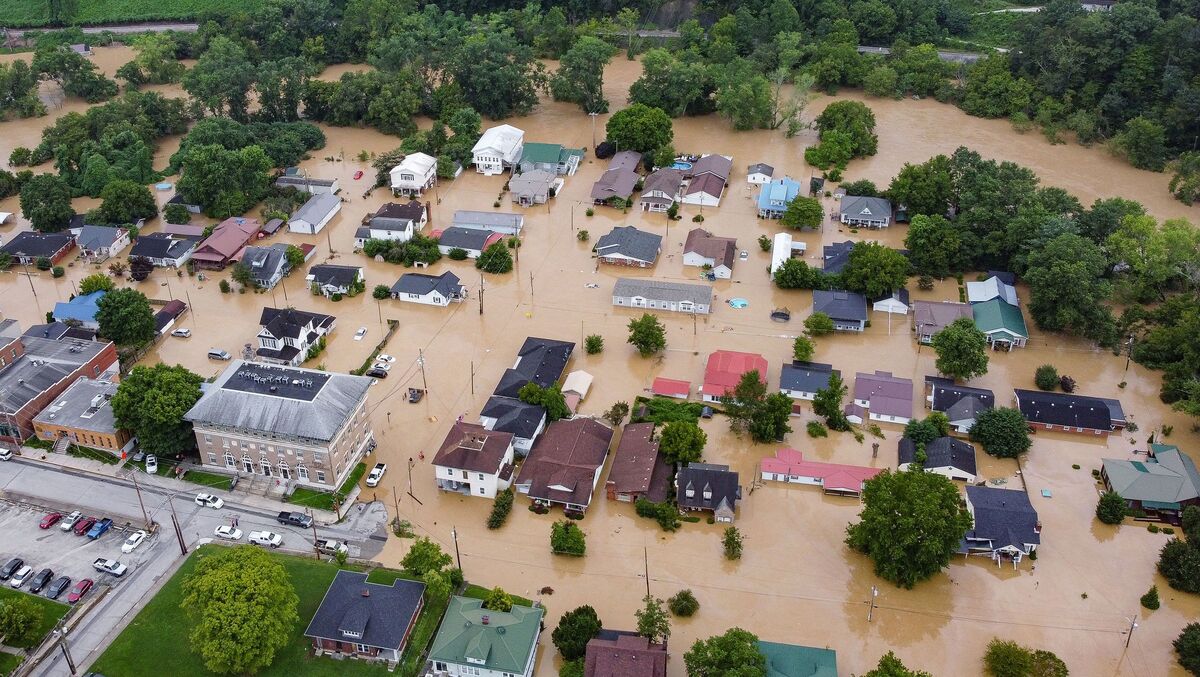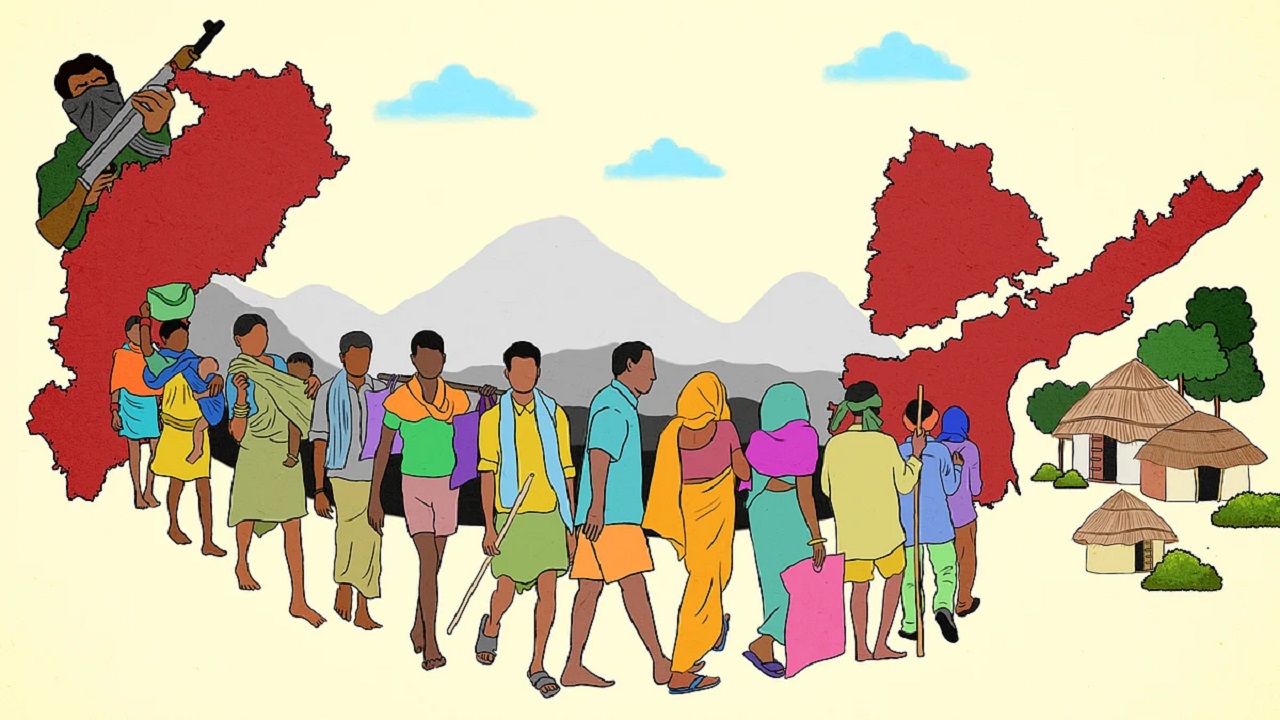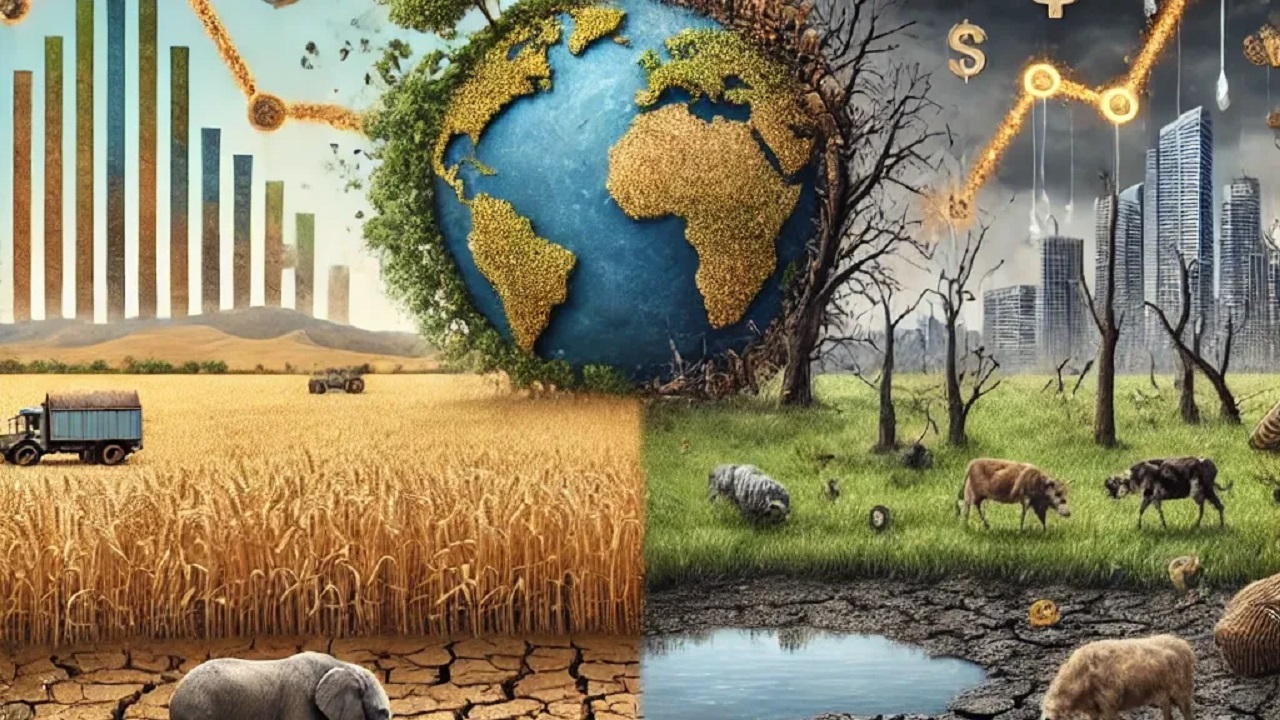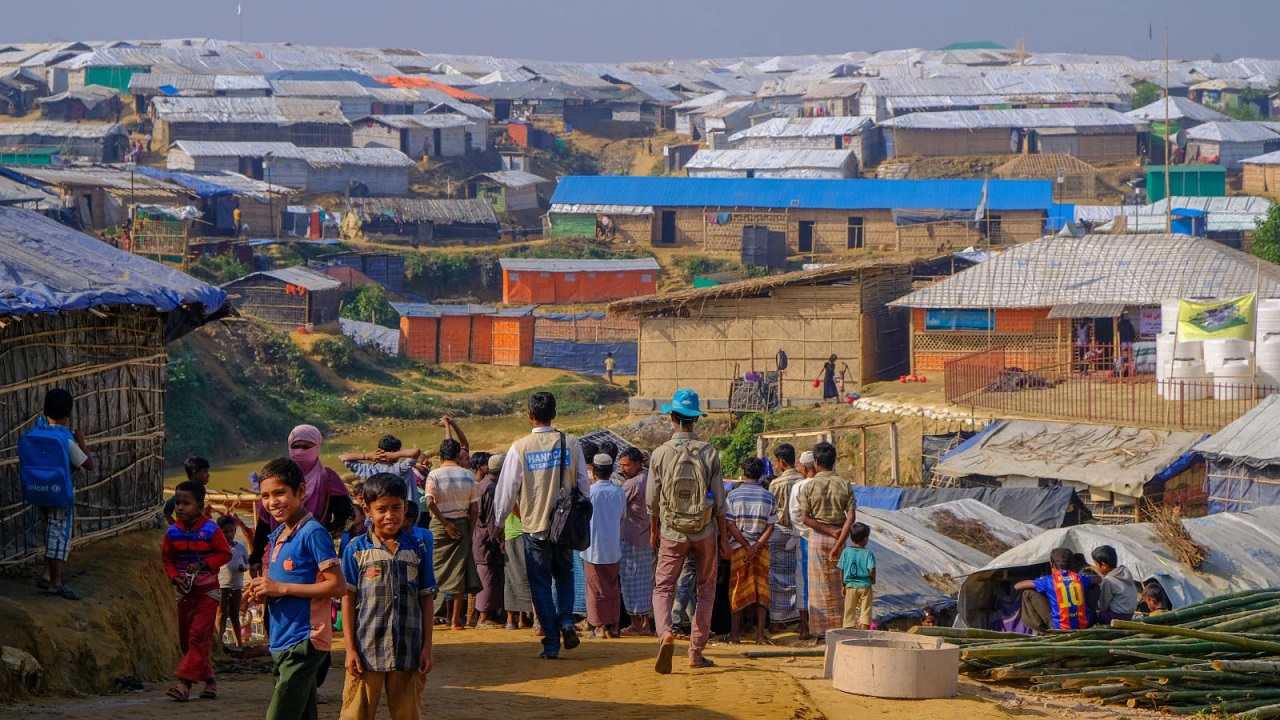Context:
Flash floods, that have ripped through northern Afghanistan, have left more than 300 people dead, the United Nations World Food Programme (WFP) said.
Background:
A climate-sensitive nation, Afghanistan was battered by a similar calamity in April as heavy rains and flash floods resulted in the deaths of at least 100 people across 10 provinces in Afghanistan.Afghanistan’s vulnerability to climate change is exacerbated by its relatively dry winter, making it challenging for the soil to absorb rainfall.
About Flash floods:
- Flash floods are rapid floods that occur in low-lying areas. They can be caused by heavy rain associated with a severe thunderstorm, hurricane, or tropical storm, or by meltwater from ice or snow flowing over ice sheets or snowfields.
- Flash floods can also occur after the collapse of a natural ice or debris dam, or a human structure such as a man-made dam.
- Flash floods are distinguished from regular floods by having a timescale of fewer than six hours between rainfall and the onset of flooding.
- The unpredictability and short time frame of flash floods make them more destructive than regular floods
- Flash floods can also deposit large quantities of sediments on floodplains and can be destructive of vegetation cover not adapted to frequent flood conditions
- In India, flash floods are often associated with cloudbursts – sudden, intense rainfall in a short period of time. Himalayan states further face the challenge of overflowing glacial lakes, formed due to the melting of glaciers, and their numbers have been increasing in the last few years.
- India is the worst flood-affected country in the world after Bangladesh and accounts for one-fifth of the global death count due to floods. Flash floods have been commonly witnessed in cities like Chennai and Mumbai.




Comments (0)